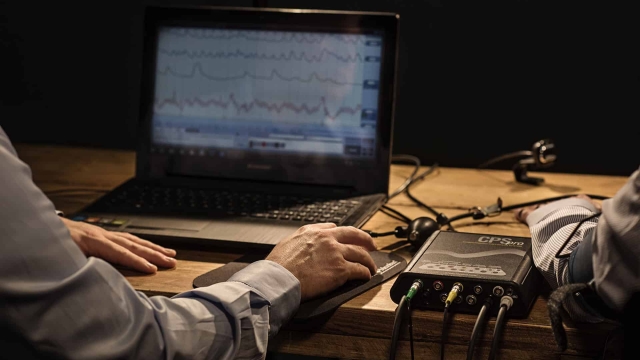
Have you ever found yourself questioning the accuracy and reliability of lie detector tests? These seemingly mystical devices have long captured the imagination of many, promising to unveil the truth behind deception. In popular culture, we often witness dramatic scenes where individuals are strapped to a machine, anxiously awaiting the machine’s verdict on their honesty. But what lies beneath the surface of these tests, and can they truly unmask deceit?
Lie detector tests, also known as polygraphs, have been used for decades in various settings, including criminal investigations, employment screenings, and even reality TV shows. The premise is straightforward – measure physiological responses such as heart rate, blood pressure, and sweating to determine if a person is telling the truth. However, the science behind these tests is more complex than meets the eye, raising important questions about their accuracy and ethical implications.
History of Lie Detector Tests
Early versions of lie detector tests date back to the late 19th century. Utilizing simple physiological measurements, such as blood pressure and heart rate, these tests aimed to uncover deception by observing the body’s involuntary responses.
Among the pioneers in the development of lie detection technology was William Moulton Marston, a psychologist known for inventing the systolic blood pressure test in the early 20th century. Marston’s work laid the foundation for the polygraph, which became widely used in criminal investigations.
Over the years, advancements in technology have led to the refinement of lie detector tests. Modern polygraph machines now measure multiple physiological responses simultaneously, including respiratory rate and skin conductivity, providing a more comprehensive analysis of a person’s truthfulness or deception.
How Lie Detector Tests Work
Lie detector tests, also known as polygraph tests, operate based on the principle that physical responses can indicate deception. When a person undergoes a lie detector test, various physiological parameters are measured. These include heart rate, blood pressure, respiration, and skin conductivity.
Polygraph
During a lie detector test, the individual is asked a series of questions while these physiological responses are continuously monitored. The idea is that when a person is being deceptive, there will be noticeable changes in these physiological indicators. These changes are believed to be associated with the stress and anxiety that lying can cause.
Polygraph examiners interpret the data collected during the test to determine whether there are patterns of deception present. Factors such as baseline measurements, the wording of questions, and the individual’s emotional state are all taken into account when analyzing the results of a lie detector test. Critics of lie detector tests argue that these physiological responses can be influenced by factors other than deception, leading to potential inaccuracies in the outcomes.
Accuracy and Controversies
Lie detector tests, also known as polygraphs, have long been a subject of debate regarding their accuracy. While proponents argue that these tests can accurately detect deception based on physiological responses such as heart rate and sweat levels, critics point out that the results are not always reliable.
Controversies surrounding lie detector tests often stem from the interpretation of the results. It is important to note that these tests measure physiological responses, which can be influenced by various factors such as stress, anxiety, or even medications. This raises questions about the validity of using such tests as a definitive measure of truthfulness.
Despite the ongoing controversies, lie detector tests are still used in various settings such as in the legal system and for employment screenings. It is crucial for individuals to be aware of the limitations of these tests and to approach the results with caution, considering the complexities involved in detecting deception through physiological responses.





